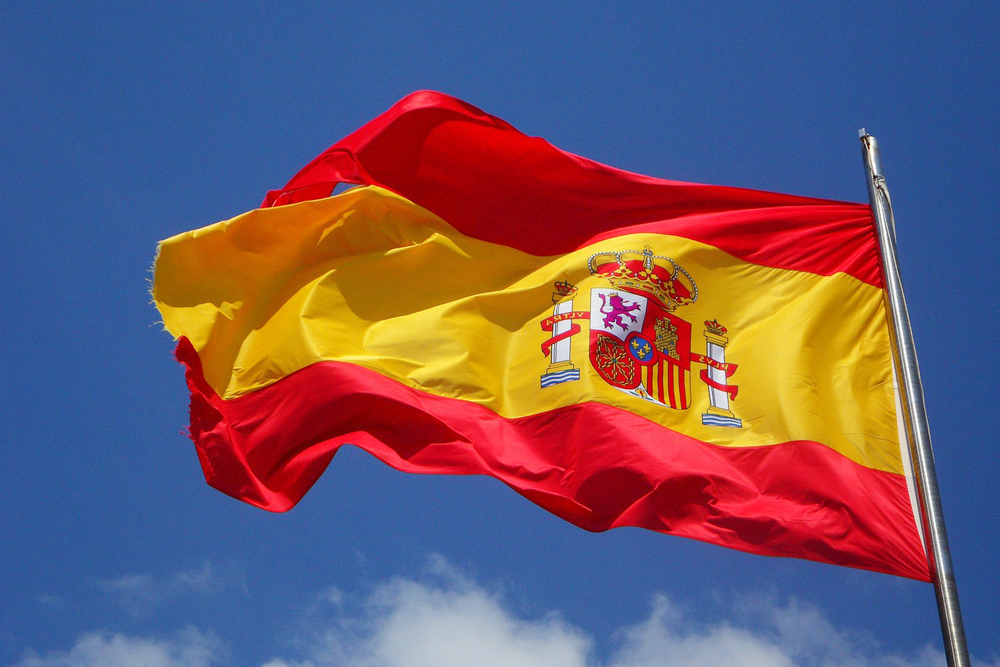The Portland Institute for Contemporary Art (PICA) brings artists from around the country to Portland for its Time-Based Art Festival (TBA) every year. TBA consists of rich and cultural performances, dance, music, art and exhibits. Last Saturday, PICA paired with Know Your City to offer a TBA tour of historical areas within Portland that were partially developed by PICA from 1995 to present day.
A bus full of attendees traveled around Portland, mostly the Pearl district, making numerous stops. Each stop carried significance to PICA as it was either a major piece of local art history or PICA had a direct hand in developing the area artistically, developmentally and even economically.
“Anytime they touch a building, it will become the next hot spot in Portland,” said local artist Nan Curtis.
PICA and the TBA festival focus on connecting people to the city, specifically to the art and culture of Portland. PICA and the Portland, 1995-Present Tour are just some of many tools used to strengthen the bond between artists and their home.
One of the first stops was the New Seasons on Northwest Raleigh. Before it was a trendy marketplace, it was used as a TBA building in 2013 and 2014.
“It [the New Seasons building] represents a return to PICA’s warehouse art, pop-up method, before using Washington High School,” said Amanda Tillstrom, interim director of Know Your City. “The method is that each year a new warehouse or a new building will be transformed by a collaborative team that PICA assembled for the TBA festival.”
The tour focused on the fact that the art and culture community of Portland is ever changing.
“Culture in Portland is making its own new map of the city,” Tillstrom said.
The tour was PICA’s idea of where that map might go in the last 20 years.
Two decades ago, the Pearl was nothing but flat ground, filled with railway, owned by Burlington Northern Railroads. After that, the Pearl district was simply 40 acres of undeveloped land until just before 2000.
“A single developer purchased all 40 acres and built the Pearl district from the ground up,” Curtis said.
The Pearl was designed to look like a city within a city, keeping retail on the ground and residential above. The idea was to maintain the character of the area. One way to do that was to use brick instead of wood in the new structures, giving the area a light industrial feel to represent the district’s warehouse origins.
As the tour continued on foot around the Pearl, a story about artist Brad Adkins gave everyone something to look for in the district from now on.
Adkins created a reinterpretation of an art project done by an artist in the early ’90s in Portland. The artist left a thin line of sea foam green paint throughout Northwest Portland. Adkins reinterpreted this with his own yellow line in the early 2000s.
The idea was that anyone could follow where the artist was walking by following the paint line.
“I’m not sure what the context was for him re-doing it,” Curtis said. “I did just run into the line recently, over around Liz [Elizabeth] Leach [Gallery]. They haven’t ripped up the sidewalks there, those warehouses all just exist as they were.”
Just around the corner on Northwest 9th and Flanders, the tour met with dancer and choreographer Linda Austin. She told the tour group about a special memory.
On that very corner years ago, she watched Jennifer Monson and other dancers perform an unforgettable piece. Monson was performing a free outdoor dance as part of her multi-year, international, artistic environmental awareness project, Bird Brain Dance.
In the performance, dancers moved like birds and whales around the pedestrians and cars in the street. None of the cars or people disrupted the dancers, just watched the powerful, thought-evoking piece.
After many more interesting history lessons and brief bus stops, the tour ended at a large landmark piece in history for PICA, Washington High School.
Although the structure has retained its original name, it has not been an actual high school since the early ’80s. It has been used for many purposes, including a facility for the TBA festival from 2009 to 2012.
Today it is mostly office space for various companies. However, Revolution Hall, on the second floor, is still used as a performing arts venue.
The tour ended on the finished rooftop of WHS, with a beautiful view of Portland.
PICA and TBA work every year to bring awareness to the ever changing arts and culture community of Portland. Through the transformation of buildings, art exhibits and different types of performances every year, PICA strives to educate the public of Portland and preserve the rich nature of art and history in the city.





